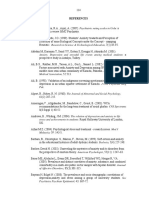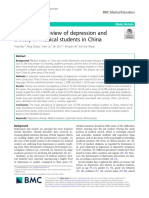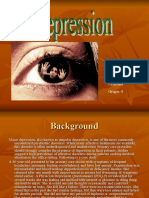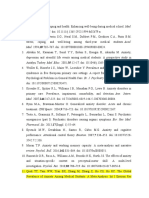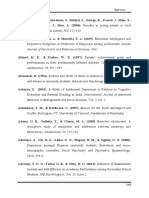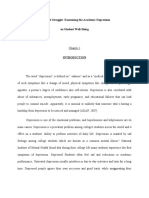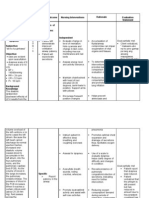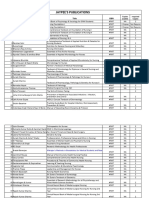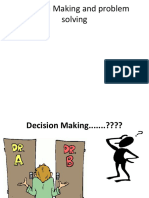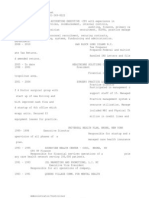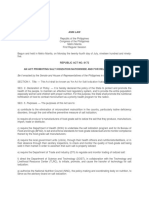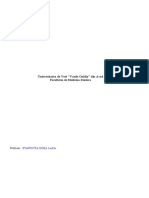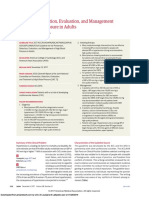0% found this document useful (0 votes)
20 views5 pagesReferences
The document is a comprehensive list of studies and articles related to the prevalence and correlates of depression among university students, particularly in Nigeria and other regions. It includes various research findings on mental health, risk factors, and the impact of depression on academic performance. The references highlight the importance of understanding mental health issues in educational settings and the need for effective interventions.
Uploaded by
danielzaccheausCopyright
© © All Rights Reserved
We take content rights seriously. If you suspect this is your content, claim it here.
Available Formats
Download as DOCX, PDF, TXT or read online on Scribd
0% found this document useful (0 votes)
20 views5 pagesReferences
The document is a comprehensive list of studies and articles related to the prevalence and correlates of depression among university students, particularly in Nigeria and other regions. It includes various research findings on mental health, risk factors, and the impact of depression on academic performance. The references highlight the importance of understanding mental health issues in educational settings and the need for effective interventions.
Uploaded by
danielzaccheausCopyright
© © All Rights Reserved
We take content rights seriously. If you suspect this is your content, claim it here.
Available Formats
Download as DOCX, PDF, TXT or read online on Scribd
/ 5


